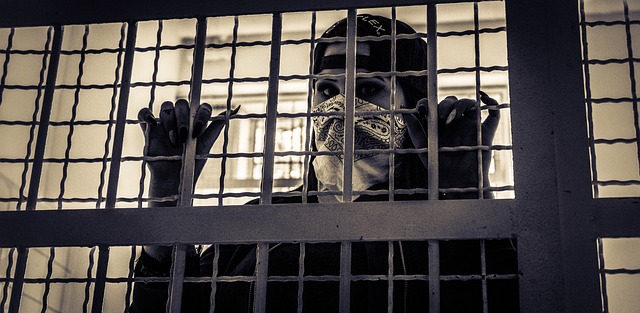College campuses are facing an escalating challenge with College Campus DUI Prevention as students transition from high school to college, often engaging in excessive alcohol consumption and driving under the influence (DUI) due to social pressures. To tackle this issue, educational institutions must implement robust strategies including stringent policies, educational programs on responsible drinking, peer accountability, mental health support, and after-school activities. These measures aim to create a culture of safety, foster awareness, and prevent future DUI instances by redirecting students' energy into positive outlets.
In the realm of teen rehabilitation, preventing and addressing DUIs on college campuses is a growing concern. With a rise in alcohol-related incidents among young adults, understanding and implementing effective strategies are more crucial than ever. This article explores critical aspects of College Campus DUI Prevention, offering insights into how teens can get back on track after an DUI incident through tailored rehabilitation programs. By delving into these strategies, we aim to foster a safer and healthier environment for students.
- Understanding College Campus DUI Prevention: The Growing Concern
- Strategies for Teen Rehabilitation: Back on Track After a DUI Incident
Understanding College Campus DUI Prevention: The Growing Concern

College campuses across the country are witnessing a growing concern—College Campus DUI Prevention. With young adults transitioning from high school to college, they often face new challenges and pressures, including excessive alcohol consumption and subsequent driving under the influence (DUI). This issue has severe ramifications, not just for individual students but also for the broader community. College-age individuals are at a developmental stage where they are forming their identities and making important life choices, and DUI can significantly impact their future prospects.
The risk of DUI on college campuses is elevated due to various factors. Easy access to alcohol, social pressures, and a desire to fit in can lead to risky behavior. Many students may not fully grasp the consequences of their actions until it’s too late. Implementing robust College Campus DUI Prevention strategies becomes paramount for educational institutions. These measures include stringent policies, education programs, and support services aimed at promoting responsible drinking and providing alternatives to excessive alcohol use.
Strategies for Teen Rehabilitation: Back on Track After a DUI Incident

After a DUI (Driving Under the Influence) incident, getting teens back on track with their lives and academic pursuits, such as returning to college, requires a strategic approach. The first step is to assess the individual’s readiness and willingness to change. This involves open communication with parents, guardians, or counselors to understand the teen’s motivations and challenges. Many successful rehabilitation programs emphasize education and awareness about the dangers of substance abuse and impaired driving. Workshops and support groups can foster an environment where teens learn from each other’s experiences, encouraging peer accountability.
On college campuses, DUI prevention programs play a crucial role in keeping students safe. These initiatives can include mandatory classes on responsible drinking, alcohol education, and simulated scenarios to drive home the consequences of drunken driving. By integrating these strategies into campus life, colleges contribute to a culture of awareness and responsibility. Additionally, offering resources for mental health support and after-school activities helps redirect teens’ energy into positive outlets, reducing the allure of risky behaviors.
In addressing College Campus DUI Prevention, we’ve highlighted effective Strategies for Teen Rehabilitation as a crucial step in turning lives around after a DUI incident. By implementing these evidence-based approaches, we can foster a culture of safety and responsible decision-making among young adults, ensuring they stay on track academically and personally while adhering to the law. Through collaborative efforts between educational institutions, community organizations, and parents, comprehensive prevention strategies can be tailored to meet the unique needs of college students, ultimately reducing DUI rates and promoting positive growth.






